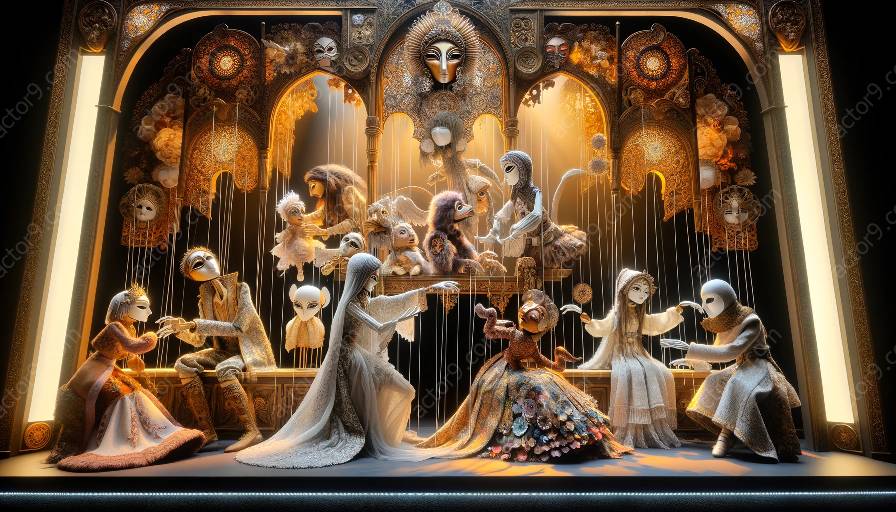Have you ever wondered how voice and sound improvisation play a crucial role in puppetry and mask work? This comprehensive topic cluster explores the art of using voice and sound to enhance performances in puppetry and mask work, drawing insights from the world of improvisational theatre. From understanding the techniques to the impactful real-world applications, this guide covers it all.
Understanding Voice and Sound Improvisation
Voice and sound improvisation in puppetry and mask work involve the spontaneous creation of vocal expressions and audio effects to bring life to puppets and masks. It is about using the voice in inventive ways to convey emotions, dialogue, and storytelling without the constraints of scripted lines.
Techniques and Approaches
One of the fundamental techniques of voice and sound improvisation involves vocal modulation and articulation to give distinct voices to different puppets and mask characters. It also includes exploring various vocal sounds, tonal ranges, and rhythms to create a dynamic and engaging auditory experience.
Additionally, performers utilize breathing techniques, tempo variations, and non-verbal vocalizations to elicit emotional responses and express the intentions of the puppets or masks they manipulate.
Moreover, sound improvisation encompasses the use of objects, instruments, or the human body to generate live sound effects that complement the visual actions of the puppets and masks, adding depth and realism to the performance.
The Art of Collaboration
Improvisation in puppetry and mask work accentuates the collaborative nature of the art form. Performers must synchronize their vocal improvisations and sound effects with the movements and gestures of the puppets and masks to create a harmonious and immersive theatrical experience.
Furthermore, effective communication and coordination among the ensemble members, including puppeteers, voice actors, and sound designers, are vital to successfully integrating voice and sound improvisation into the overall performance.
Real-life Applications
The integration of voice and sound improvisation in puppetry and mask work is evident in various theatrical productions, showcasing how these techniques bring depth and authenticity to the characters portrayed. From traditional puppet theatre to contemporary mask performances, the use of improvisational voice and sound enhances the storytelling and captivates audiences.
Connecting with Improvisation in Theatre
While voice and sound improvisation are integral components of puppetry and mask work, they also share common ground with improvisation in traditional theatre. The exploration of spontaneous vocal expressions, the creation of immersive soundscapes, and the symbiotic relationship between performers and their art form resonate across these diverse theatrical disciplines.
By embracing the principles of improvisational theatre, puppetry and mask performers can enrich their creative process and explore new dimensions of expression through voice and sound improvisation.




























